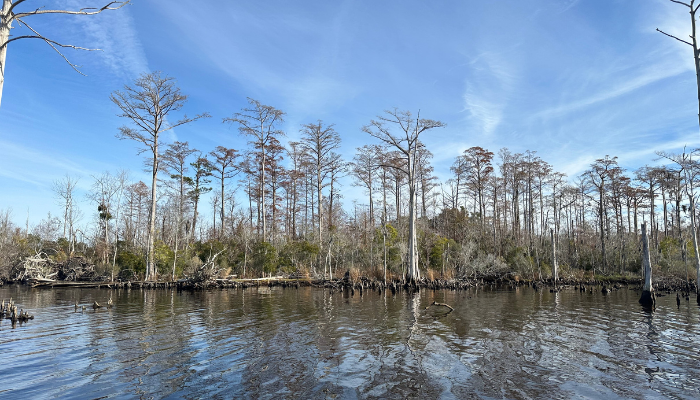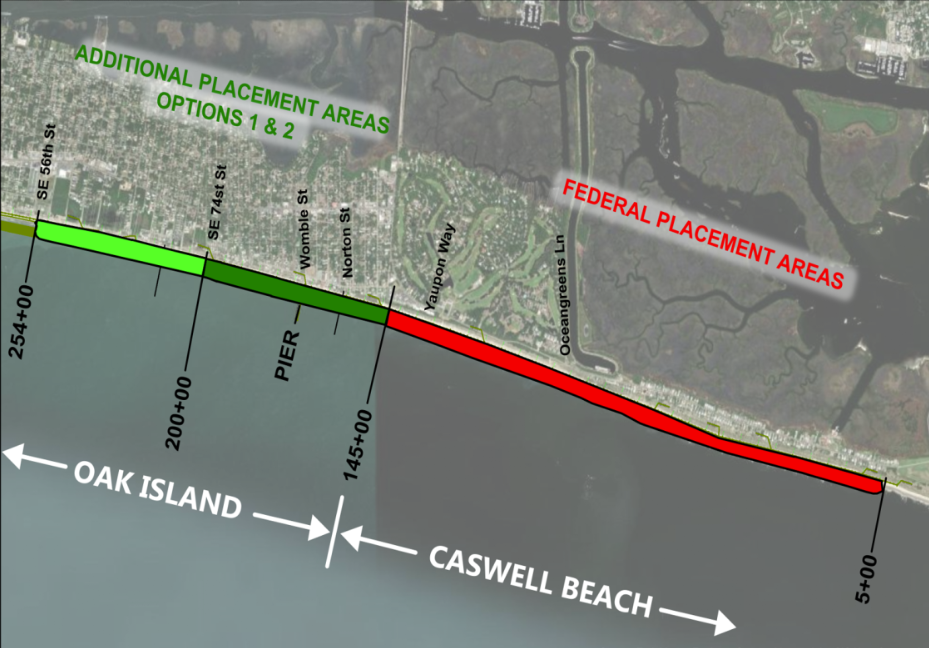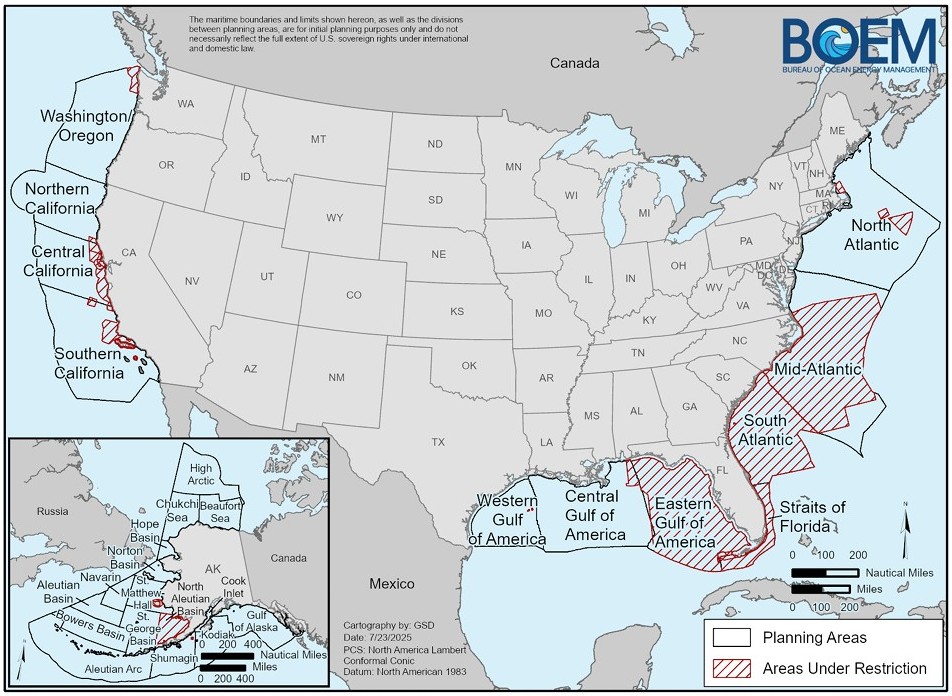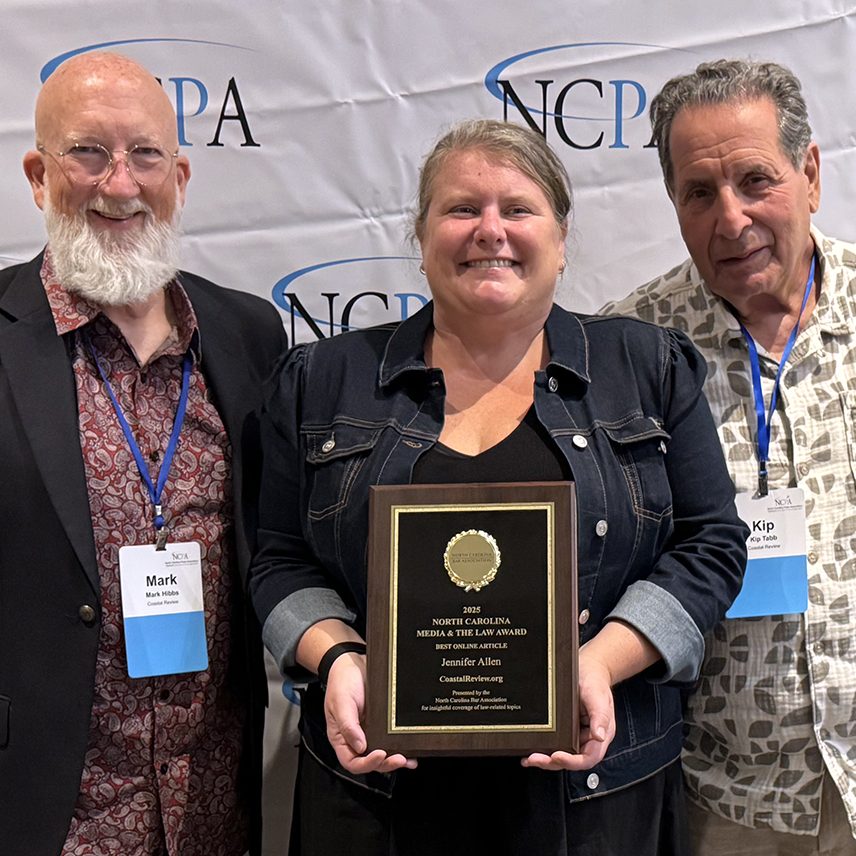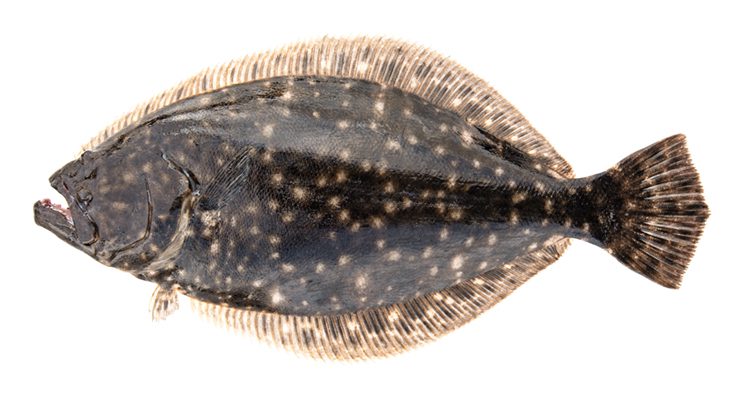
The North Carolina Marine Fisheries Commission has chosen its preferred management option for this year’s southern flounder allocation: an even split between commercial and recreational fisheries.
Members selected the option detailed in Southern Flounder Fishery Management Plan Amendment 4 last week during the commission’s meeting in Beaufort. Commission documents state that the final vote on Amendment 4 is scheduled for August.
Supporter Spotlight
Amendment 4 only addresses moving the 50/50 sector allocation ahead by a year, as set out in Amendment 3. Amendment 3 was approved in 2022 to established a 70% commercial and 30% recreational allocation for 2023 and 2024, 60/40 for 2025, and 50/50 starting in 2026.
Amendment 3 was put in place because the 2019 stock assessment indicated that the species was overfished and overfishing was taking place. Overfishing means the current rate of removal, both harvest and discards, is too high. Overfished is when the population is too small, and is a result of overfishing.
Amendment 4 is being developed at the same time as Amendment 5.
Amendment 5 is intended to address the commission’s August 2024 motion to amend the southern flounder management plan “to allow for more recreational access while maintaining the rebuilding requirements of Amendment 3.”
The two amendments are “to provide long-term, comprehensive approaches to recreational and commercial Southern Flounder management,” according to information from the Division of Marine Fisheries website.
Supporter Spotlight
The division is under the North Carolina Department of Environmental Quality and carries out the rules and policies adopted by the nine-member commission.
The commission approved amendments to both the eastern oyster and hard clam fishery management plans last week.
Eastern Oyster Fishery Management Plan Amendment 5 provisions include establishing deep-water oyster recovery areas that would not open to mechanical harvesting, linking mechanical oyster harvest management in Pamlico Sound to the division’s cultch-planting effort, and implementing a rotational opening plan for mechanical oyster harvest on 10-acre cultch-planting sites, according to the division.
Hard Clam Fishery Management Plan Amendment 3 provisions call for a three-year phaseout of mechanical clam harvest from public bottom, including harvest associated with maintenance dredging.
Both the eastern oyster and hard clam amendments feature a provision to consider looking at estimates for recreational shellfish participation and landings and to communicate necessary shellfish sanitation health and safety information.



